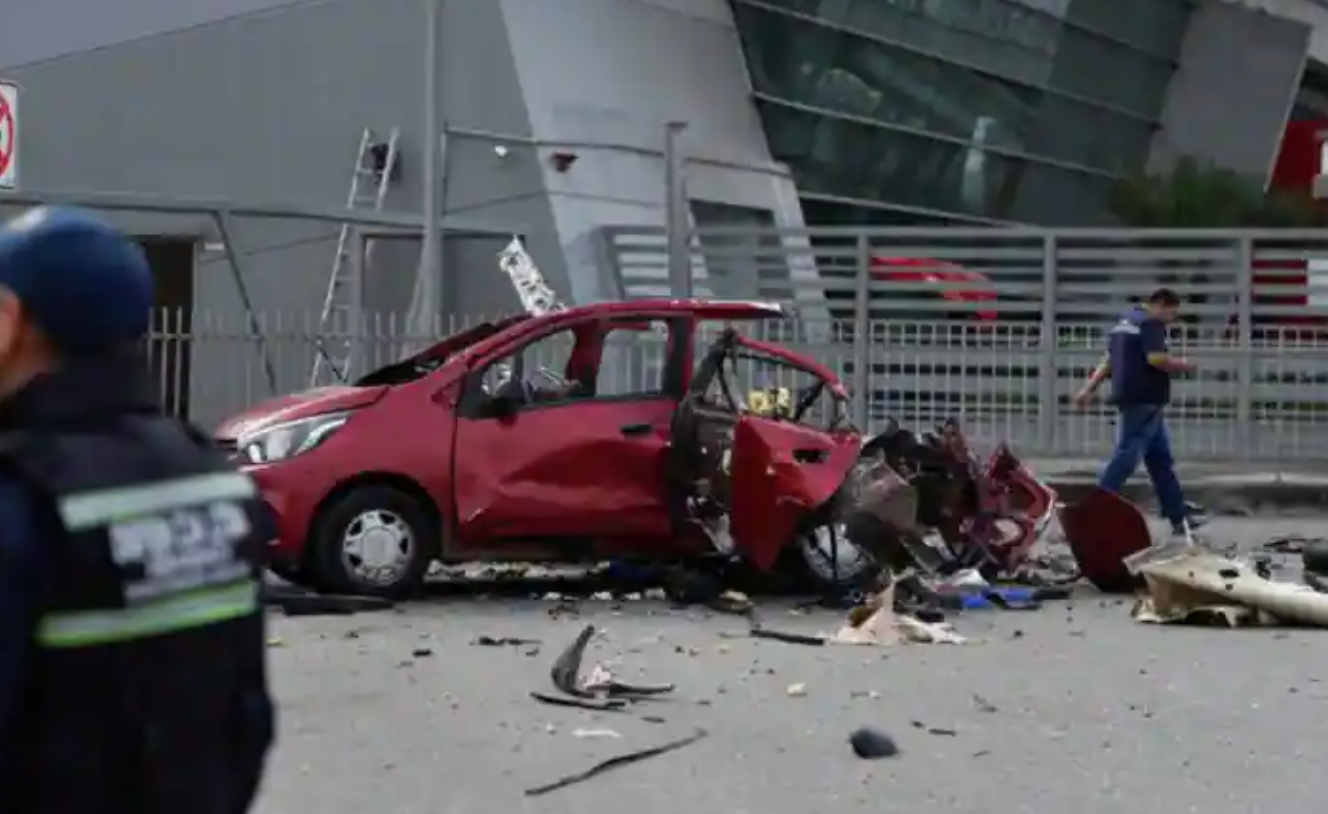“In certain areas, the state has been displaced,” said Col Mario Pazmiño, the former director of Ecuador’s military intelligence, referring to parts of Guayaquil and Ecuador’s Pacific coast. “We are talking about criminal rule with this new escalation in the level of violence.
More than 400 prison inmates have been killed – many burned alive or beheaded –since February 2021 in an explosive rise in murders as rival gangs fight for control of lucrative cocaine trafficking routes to the US and Europe.
Ecuador – which sits between Colombia and Peru, the world’s two largest cocaine-producing countries – is a strategic smuggling route due to its long Pacific coastline and large shipping and fishing fleets.
Analysts say the spike in violence started when local criminal gangs began vying to work with the rival Mexican Sinaloa and Jalisco New Generation drug cartels.
During the first eight months of this year, there were 2,785 violent deaths in Ecuador, a 10-year record which has already exceeded the total number of murders in 2021, according to police figures. About two-thirds of those deaths were in coastal regions.
The rate nearly doubled in 2021 to 14 per 100,000 inhabitants and reached 18 per 100,000 between January and October this year.
Luis, 42, a hydraulic parts dealer in Guayaquil, the coastal city which has been the focus of the violence, said he was afraid to leave his home because criminals hang out on his street corner.
“You can’t go out of the house in the evening. It’s really tough,” he said. “Every day there are more criminals, you don’t even want to catch a taxi,” he added.
He was also suspicious of the police, believing like many Ecuadorians that the institution had been penetrated by narco-trafficking.
As for the government’s response, he responded: “It’s really lukewarm. Trying to impose a curfew, [the criminals] will just laugh in your face.”






0 Comments